Blogs & News
We are focus on automotive wiring harness & connectors technology.
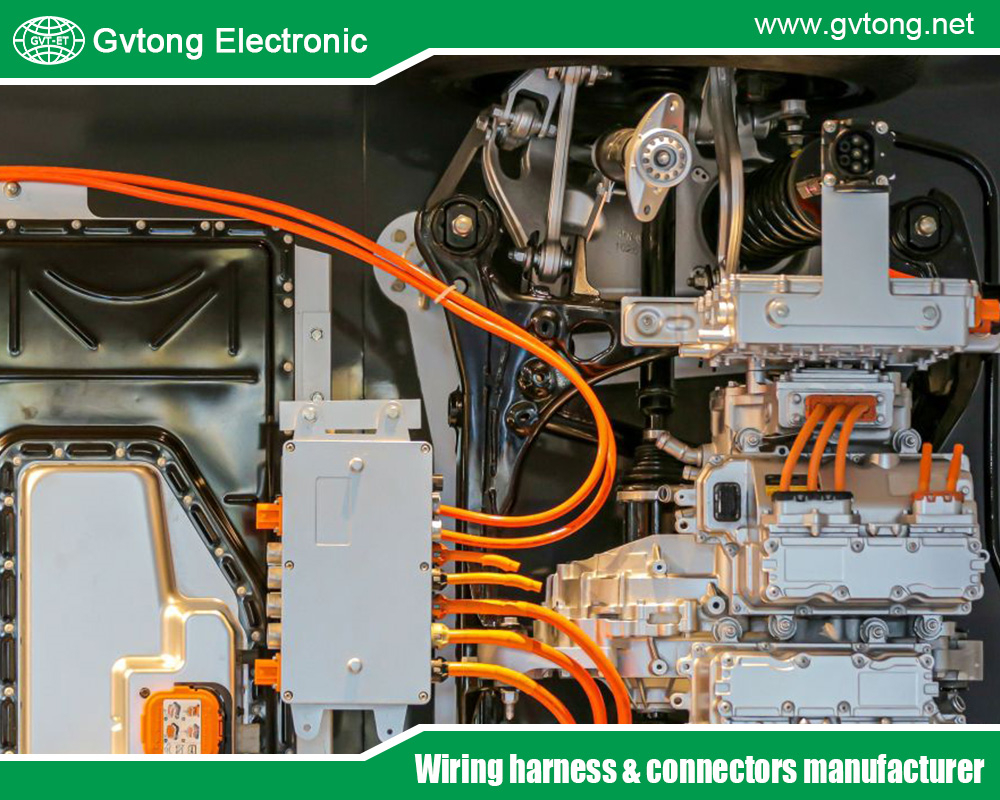
Automotive Electrical Connectors Types: A Comprehensive Guide
- Gvtong Electronic
- 12 volt 2 pin waterproof connector, 2 pin waterproof electrical connector, automotive connector manufacturer, automotive connector manufacturers in china, Automotive Connector Supplier, automotive electrical connector types chart, automotive electrical connectors kit, Automotive electrical connectors types, automotive electrical connectors waterproof, automotive waterproof electrical connectors, automotive wire connectors manufacturer, automotive wiring harness connectors and terminals, oem automotive wiring connectors, waterproof electrical connectors 12v
- No Comments
Automotive Electrical Connectors Types: A Comprehensive Guide
The automotive industry has undergone a technological revolution, with modern vehicles relying heavily on sophisticated electrical systems to power everything from infotainment to advanced driver-assistance systems (ADAS). At the heart of these systems are automotive electrical connectors, which ensure reliable, secure, and efficient connections between components. Understanding the various automotive electrical connectors types is essential for engineers, technicians, and enthusiasts alike. This article explores the different types of connectors, their applications, design considerations, and their critical role in vehicle performance.
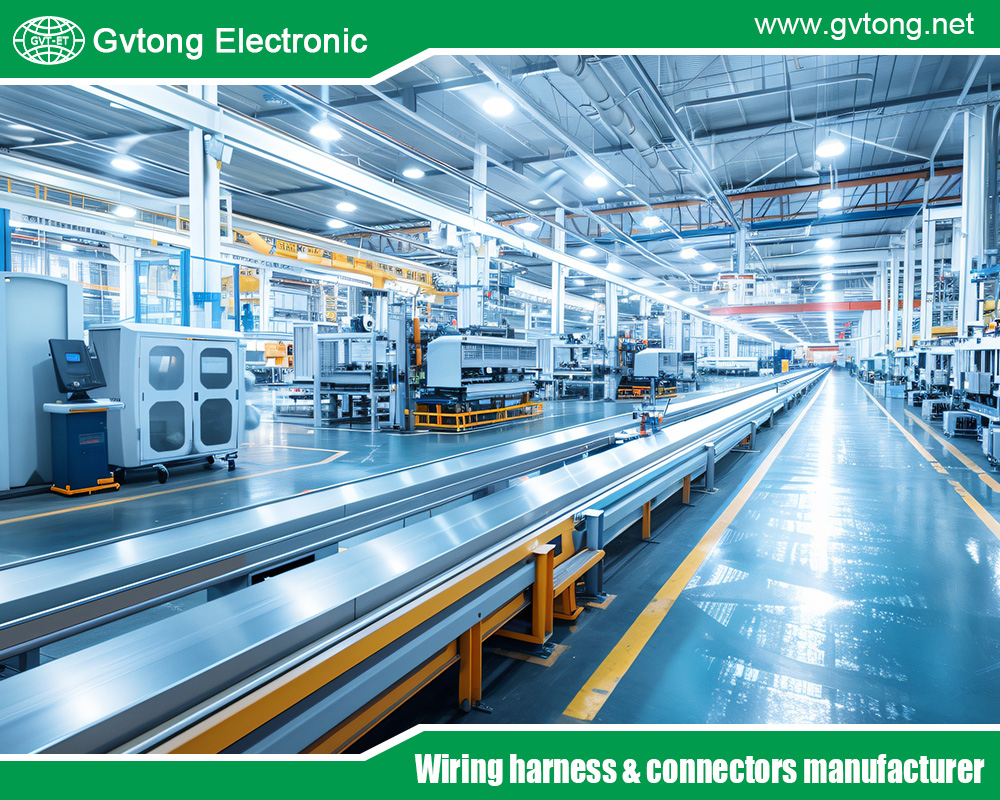
What Are Automotive Electrical Connectors?
Automotive electrical connectors are specialized components that facilitate the transmission of power, signals, and data between various electrical systems in a vehicle. These connectors are designed to withstand harsh automotive environments, including extreme temperatures, vibrations, moisture, and chemical exposure. The types of automotive electrical connectors vary based on their design, function, and application, each tailored to meet specific performance requirements.
Connectors are typically composed of a male (plug) and female (socket) component, with terminals that create a secure electrical connection. They may include features like locking mechanisms, seals, and insulation to ensure durability and safety. With the rise of electric vehicles (EVs), autonomous driving, and connected cars, the demand for advanced connectors has skyrocketed, making it vital to understand the diverse automotive electrical connectors types available.
Importance of Automotive Electrical Connectors
Before diving into the specific types of automotive electrical connectors, it’s worth highlighting their significance:
Reliability: Connectors ensure consistent power and signal transmission, critical for vehicle safety and performance.
Durability: Designed to endure harsh conditions, they prevent failures in critical systems like braking or engine control.
Modularity: Connectors allow for easy assembly, maintenance, and upgrades in automotive manufacturing.
Efficiency: High-quality connectors reduce energy loss and signal interference, optimizing system performance.
With these benefits in mind, let’s explore the primary automotive electrical connectors types used in modern vehicles.
Major Types of Automotive Electrical Connectors
1. Terminal Connectors
Terminal connectors are among the most common automotive electrical connectors types, used to connect individual wires to components or other wires. These connectors consist of a metal terminal (crimped or soldered to a wire) that fits into a corresponding housing or socket.
Applications: Battery connections, grounding points, and low-voltage circuits.
Features:
Available in various shapes, such as spade, ring, bullet, and fork terminals.
Often insulated to prevent short circuits.
Designed for easy disconnection and reconnection during maintenance.
Advantages: Simple, cost-effective, and versatile.
Challenges: Susceptible to corrosion if not properly sealed, especially in exposed areas.
For example, ring terminal connectors are widely used for battery connections due to their secure, non-slip design, ensuring a reliable power supply to the vehicle’s electrical system.
2. Multi-Pin Connectors
Multi-pin connectors, also known as multi-way connectors, are designed to handle multiple electrical circuits within a single connector. These are among the most versatile automotive electrical connectors types, used in complex systems requiring simultaneous power and signal transmission.
Applications: Engine control units (ECUs), sensors, wiring harnesses, and infotainment systems.
Features:
Available in various pin counts (e.g., 2-pin, 4-pin, 16-pin, or higher).
Often include locking mechanisms to prevent accidental disconnection.
May feature weatherproof seals for use in exposed areas.
Advantages: Compact design, supports high-density connections, and reduces wiring complexity.
Challenges: Pin misalignment or damage can disrupt multiple circuits, requiring careful handling.
A common example is the Deutsch DT series, a multi-pin connector widely used in automotive and heavy-duty applications for its rugged, sealed design.
3. Circular Connectors
Circular connectors are characterized by their round shape and robust construction, making them ideal for harsh automotive environments. These automotive electrical connectors types are often used in applications requiring high durability and resistance to vibration.
Applications: Headlight assemblies, exterior sensors, and EV charging systems.
Features:
Threaded or bayonet-style locking mechanisms for secure connections.
Sealed designs to protect against water, dust, and chemicals.
Available in metal or plastic housings.
Advantages: Excellent environmental resistance and reliability in high-vibration areas.
Challenges: Bulkier than other connectors, which may limit their use in tight spaces.
Circular connectors are critical in EVs, where they are used in high-voltage charging ports to ensure safe and efficient power transfer.
4. Blade Connectors
Blade connectors, also known as flat connectors, feature a flat, blade-like terminal that slides into a corresponding receptacle. These are simple yet effective automotive electrical connectors types used in low- to medium-current applications.
Applications: Fuse boxes, lighting circuits, and accessory connections.
Features:
Available in insulated and non-insulated versions.
Often color-coded for easy identification.
Compatible with quick-disconnect systems.
Advantages: Easy to install and replace, widely available, and cost-effective.
Challenges: Less secure than locking connectors, making them unsuitable for high-vibration areas.
Blade connectors are commonly found in automotive fuse panels, where they provide a reliable connection for circuit protection.
5. Coaxial Connectors
Coaxial connectors are specialized automotive electrical connectors types designed for high-frequency signal transmission, such as in radio frequency (RF) applications. They consist of a central conductor surrounded by a shield, minimizing signal interference.
Applications: GPS systems, antennas, and in-vehicle communication systems.
Features:
High shielding to prevent electromagnetic interference (EMI).
Compact designs for space-constrained applications.
Available in various configurations, such as BNC or SMA connectors.
Advantages: Excellent signal integrity for data-intensive applications.
Challenges: More complex and expensive than standard connectors.
With the rise of connected vehicles, coaxial connectors are increasingly critical for ensuring reliable data transmission in automotive networks.
6. High-Voltage Connectors
High-voltage connectors are engineered for electric and hybrid vehicles, where they handle significantly higher voltages and currents than traditional connectors. These automotive electrical connectors types are designed with safety and efficiency in mind.
Applications: Battery packs, electric motors, and EV charging infrastructure.
Features:
Robust insulation to prevent electrical arcing.
Interlock systems to ensure safe disconnection.
Heavy-duty seals for environmental protection.
Advantages: Supports the high-power demands of EVs and hybrids.
Challenges: Larger size and higher cost compared to low-voltage connectors.
High-voltage connectors, such as those in the SAE J1772 or CCS standards, are essential for EV charging, enabling fast and safe power delivery.
7. Fiber Optic Connectors
While less common, fiber optic connectors are emerging as a specialized category of automotive electrical connectors types, used for high-speed data transmission in advanced vehicles. These connectors use light to transmit data, offering superior bandwidth and immunity to EMI.
Applications: Autonomous driving systems, ADAS, and in-vehicle infotainment.
Features:
Precision alignment for low signal loss.
Lightweight and compact designs.
Resistant to electromagnetic interference.
Advantages: Ideal for high-bandwidth applications and future-proofing vehicles.
Challenges: Higher cost and complexity in installation and maintenance.
As vehicles become more autonomous, fiber optic connectors are expected to play a larger role in automotive electrical systems.
Design Considerations for Automotive Electrical Connectors
When selecting automotive electrical connectors types, several factors must be considered to ensure optimal performance:
Environmental Resistance: Connectors must withstand moisture, dust, chemicals, and temperature extremes. Sealed connectors, such as those with IP67 or IP68 ratings, are often preferred.
Vibration and Shock Resistance: Automotive connectors must remain secure under constant vibration and mechanical stress, requiring robust locking mechanisms.
Current and Voltage Ratings: Connectors must be rated for the specific electrical demands of the application, especially in high-voltage EV systems.
Size and Weight: Compact and lightweight connectors are critical for space-constrained and fuel-efficient vehicles.
Ease of Installation: Connectors should facilitate quick assembly and maintenance, reducing manufacturing and repair costs.
Compatibility: Standardized connectors ensure interoperability across different vehicle systems and components.
Manufacturers like TE Connectivity, Molex, and Amphenol offer a wide range of connectors tailored to these requirements, ensuring that the right automotive electrical connectors types are available for every application.
Trends Shaping Automotive Electrical Connectors
The automotive industry is evolving rapidly, and automotive electrical connectors types are adapting to meet new demands. Key trends include:
Electrification: The shift to EVs and hybrids is driving demand for high-voltage and high-current connectors, with a focus on safety and efficiency.
Autonomous Driving: Advanced sensors and computing systems require high-speed data connectors, such as fiber optic and high-frequency coaxial connectors.
Miniaturization: As vehicles incorporate more electronics, compact connectors are needed to save space and reduce weight.
Sustainability: Manufacturers are exploring eco-friendly materials and recyclable connectors to align with environmental goals.
Smart Connectivity: Connectors with integrated diagnostics and monitoring capabilities are emerging, enabling predictive maintenance.
These trends highlight the dynamic nature of automotive electrical connectors types, as they evolve to support the next generation of vehicles.
Challenges in Automotive Electrical Connector Design
Despite their importance, designing and implementing automotive electrical connectors types comes with challenges:
Harsh Environments: Connectors must endure extreme conditions without compromising performance, requiring advanced materials and sealing technologies.
Cost Pressures: Balancing performance with cost is critical, especially in high-volume automotive production.
Compatibility Issues: Ensuring connectors work across different vehicle platforms and manufacturers can be complex.
Reliability Under Stress: Connectors must maintain performance over the vehicle’s lifespan, despite constant vibration, thermal cycling, and exposure to contaminants.
Addressing these challenges requires collaboration between connector manufacturers, automakers, and standards organizations to develop robust, cost-effective solutions.
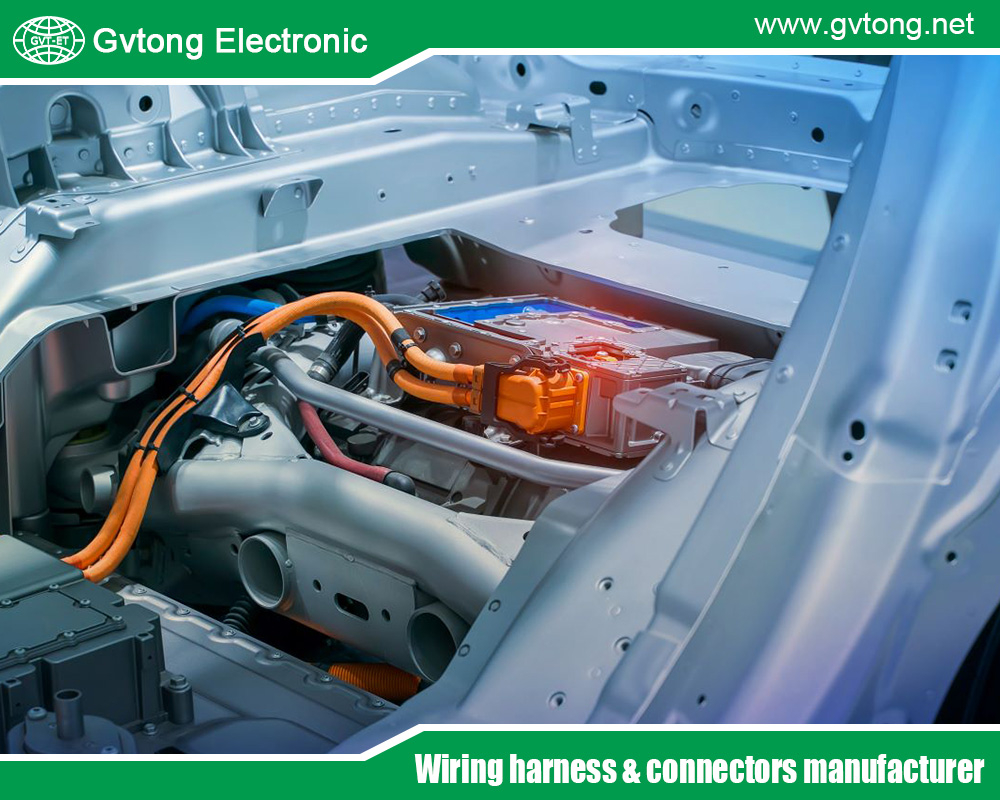
Conclusion
The world of automotive electrical connectors types is vast and varied, encompassing everything from simple terminal connectors to advanced fiber optic systems. Each type plays a critical role in ensuring the reliability, safety, and efficiency of modern vehicles. As the automotive industry continues to embrace electrification, autonomy, and connectivity, the demand for innovative connectors will only grow. By understanding the different automotive electrical connectors types and their applications, engineers and technicians can make informed decisions to optimize vehicle performance.
Whether it’s a rugged circular connector for an EV charging port or a high-speed coaxial connector for an autonomous driving system, the right connector makes all the difference. As technology advances, the evolution of automotive electrical connectors types will continue to drive the future of mobility, powering the vehicles of tomorrow with precision and reliability.
For more about automotive electrical connectors types, you can pay a visit to Gvtong at https://www.gvtong.net/ for more info.
Recent Posts
The Best GR Series-Circular Connectors Manufacturer
The Best GD Series Combined Power Connector Manufacturer
A Guide to Selecting the Best GH Series Plastic Connector Manufacturer
How High Pressure Connectors Work?
The Best Automotive Connector Companies
Tags
Recommended Products
-
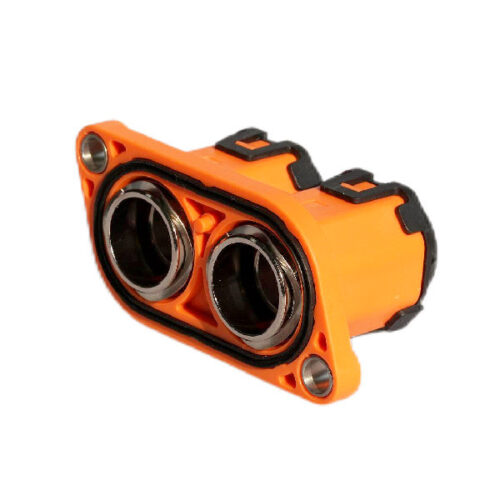
GVPT 2-core wiring connector
-
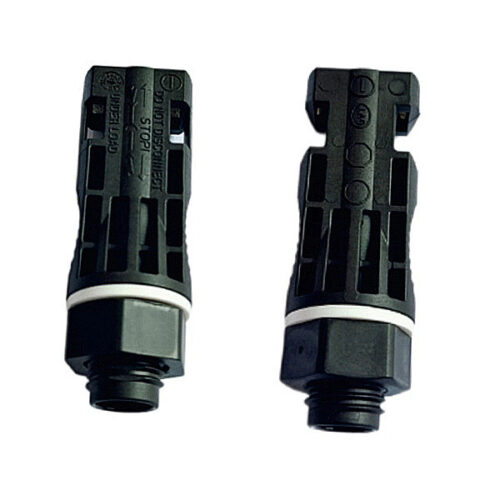
Photovoltaic Connector-Board Socket
-
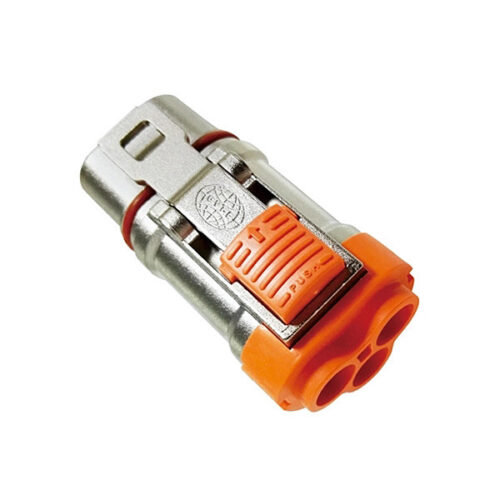
Metal connector-3.6mm-2 core
-
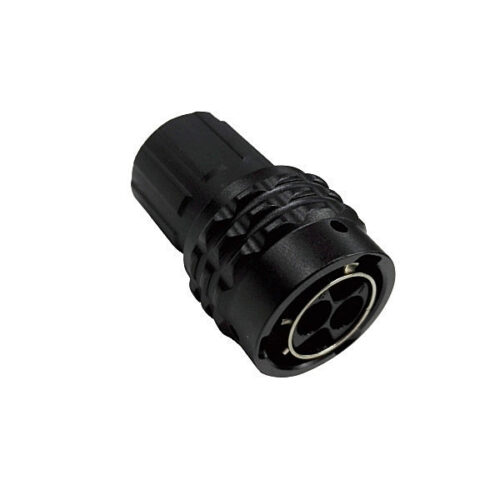
Signal connector-2 core-12#
-
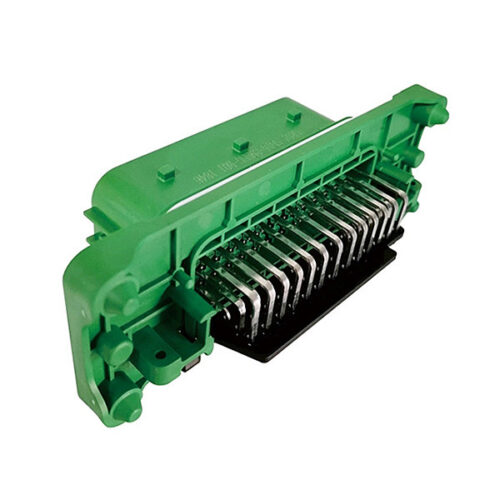
Rectangular connector-39 core socket
-
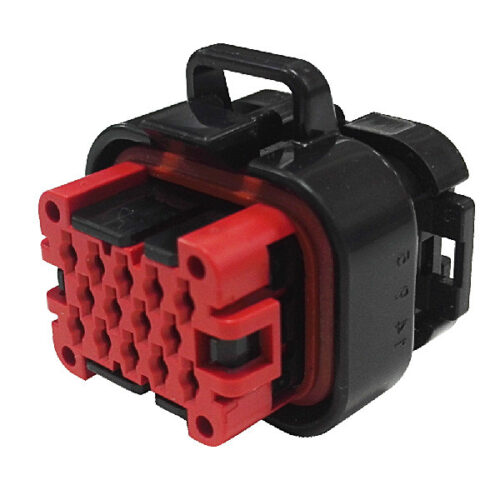
GE Series-14-core three-row signal connector
-
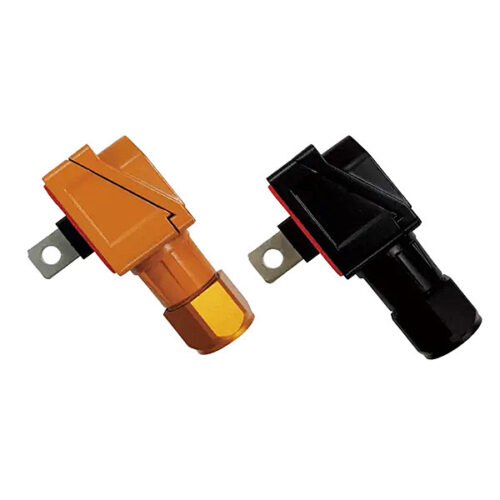
Positive and negative terminal box – oblique opening
-
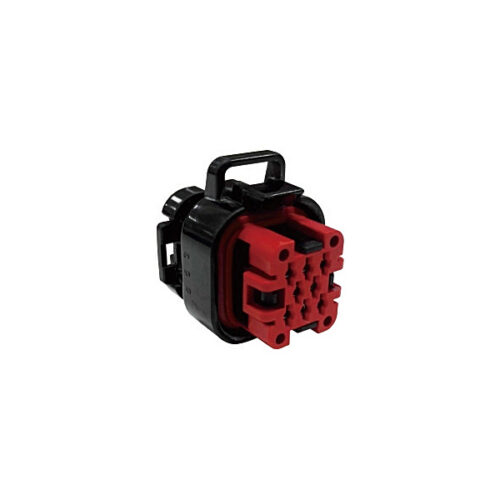
Signal connector – waterproof, three-row, 8-pin
